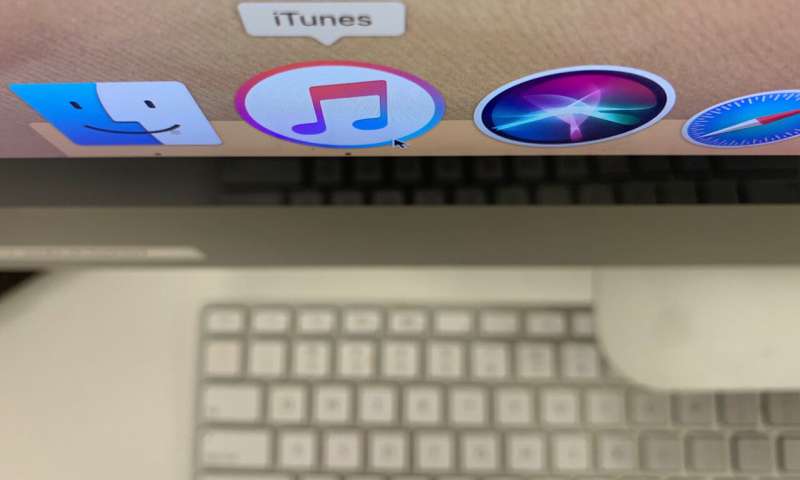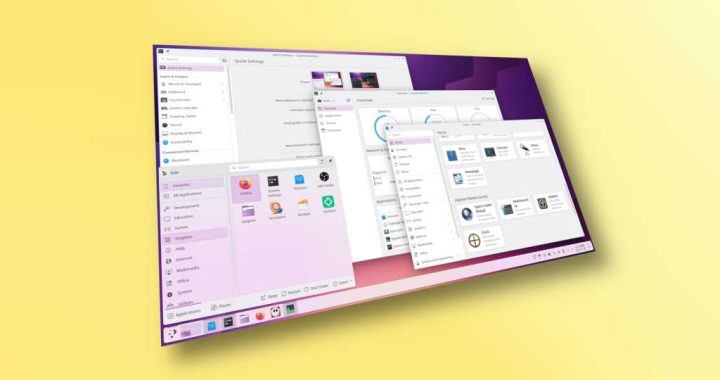Goodbye, iTunes: Once-revolutionary app gone in Mac update


It’s time to bid farewell to iTunes, the once-revolutionary program that made online music sales mainstream and effectively blunted the impact of piracy.
That assumes, of course, that you still use iTunes—and many people no longer do. On iPhones, the functions have long been split into separate apps for music, video and books. Mac computers follow suit Monday with a software update called Catalina.
Music-subscription services like Spotify and Apple Music have largely supplanted both the iTunes software and sales of individual songs, which iTunes first made available for 99 cents apiece. Apple is now giving iTunes its latest push toward the grave. For anyone who has subscribed to Apple Music, the music store will now be hidden on the Mac.
Sidelining the all-in-one iTunes in favor of separate apps for music, video and other services will let Apple build features for specific types of media and better promote its TV-streaming and music services to help offset slowing sales of iPhones.
In the early days, iTunes was simply a way to get music onto Apple’s marquee product, the iPod music player. Users connected the iPod to a computer, and songs automatically synced—simplicity unheard of at the time.
“I would just kind of mock my friends who were into anything other than iPods,” said Jacob Titus, a 26-year-old graphic designer in South Bend, Indiana.
Apple launched its iTunes Music Store in 2003, two years after the iPod’s debut. With simple pricing at launch—99 cents a single, $9.99 for most albums—many consumers were content to buy music legally rather than seek out sketchy sites for pirated downloads.
But over time, iTunes software expanded to include podcasts, e-books, audiobooks, movies and TV shows. In the iPhone era, iTunes also made backups and synced voice memos. As the software got bloated to support additional functions, iTunes lost the ease and simplicity that gave it its charm.
And with online cloud storage and wireless syncing, it no longer became necessary to connect iPhones to a computer—and iTunes—with a cable.

Titus said he uses iTunes only to hear obscure Kanye West songs he can’t find streaming. “At the time it seemed great,” he said. “But it kind of stayed that same speed forever.”
The way people listen to music has changed, too. The U.S. recording industry now gets 80% of revenue from paid subscriptions and other streaming. In the first half of 2019, paid subscriptions to Apple Music and competing services rose 30% from a year earlier to 61 million, or $2.8 billion, while revenue from digital downloads fell nearly 18% to $462 million.
“The move away from iTunes really does perfectly mirror the general industry move away from sales” and toward subscriptions, said Randy Nelson, head of insights at Sensor Tower.
Rachel Shpringer, a 35-year-old patent agent in Los Angeles, spent years curating playlists on iTunes. But over time, she realized that was cutting her off from new music. She now gets music through a SiriusXM subscription.
The Mac’s new Music app, which gets the old iTunes icon, is the new home for—drum roll—music. That includes songs previously bought from the iTunes store or ripped from CDs, as well as Apple’s free online radio stations. It’s also the home for Apple’s $10-a-month music subscription.
Apple Music subscribers will no longer see the iTunes music store, unless they restore it in settings. Non-subscribers will see the store as a tab, along with plenty of ways to subscribe to Apple Music. (On iPhones, iTunes Store remains its own app for buying music and video.)
The iTunes store for TV shows and movies will still be prominent on Macs, though now as part of the TV app. Video available to buy or rent will be mixed in with other movies and shows—including exclusive offerings through Apple TV Plus.
The new Podcasts app gets a feature that indexes individual episodes, so you can more easily search for actors or fads that don’t appear in the podcast’s text description. The Mac previously got separate apps for voice memos and books, including audiobooks. The iPhone syncing and backup functions traditionally found in iTunes have been incorporated into the Mac’s navigation interface, Finder.










